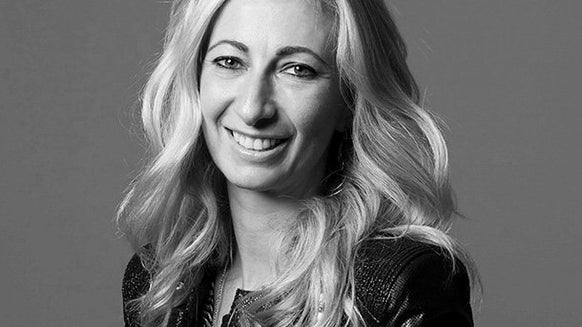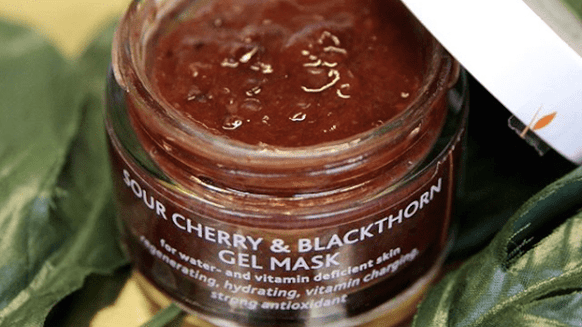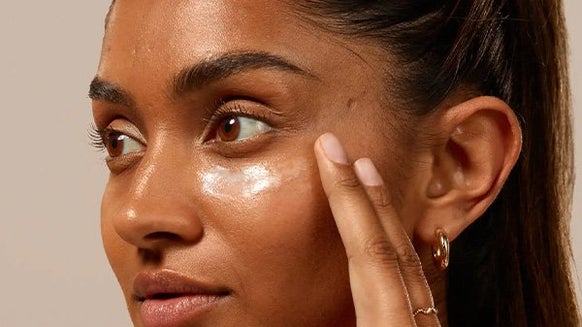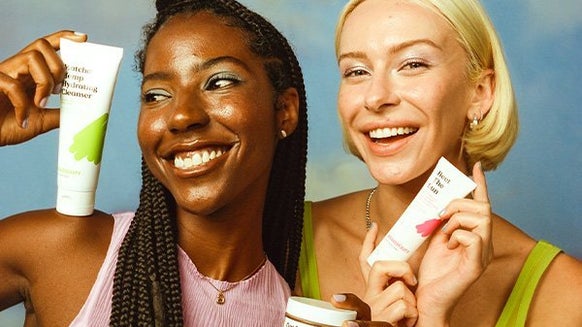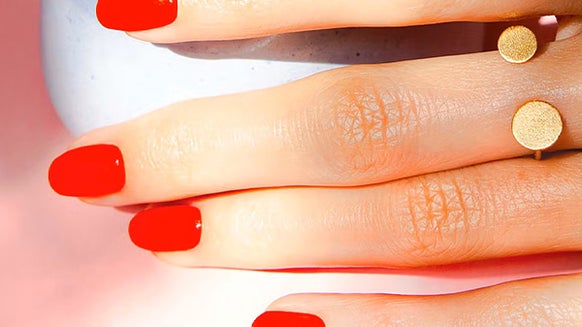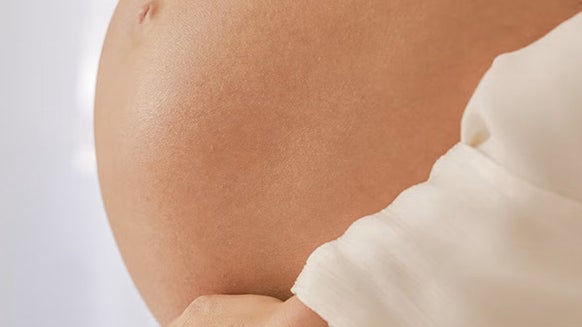GET TO KNOW HOW YOUR MENSTRUAL CYCLE AFFECTS YOUR SKIN
That’s right, these skin fluctuations are more than a coincidence. Just like cravings and cramps, your complexion changes in correspondence to your hormones’ natural cycle.
WHAT ARE HORMONES
Before we get into how hormones affect our skin, we need to understand what they actually are. Hormones are chemical substances that are needed for several important processes in our body such as growth, metabolism, sexual function and reproduction. Acting as messenger molecules in the body, they travel to different areas to control how our cells and organs work.
HOW DO HORMONES AFFECT YOUR SKIN HEALTH
WHAT ARE THE DIFFERENT STAGES OF THE MENSTRUAL CYCLE
Let’s face it, the menstrual cycle is a complex process. Regulated by several different hormones, it typically lasts for around 28 days, yet anything between 21 and 35 days is considered average. But no matter how long it lasts, everyone goes through the day-by-day phases. Keep scrolling to get up close and personal with you cycle stages...
DAYS 1 TO 5: MENSTRUAL PHASE
“Day one of the menstrual cycle is essentially the first day of your period, which occurs as your womb lining sheds and is the reason you bleed. An average period lasts anywhere between 2 to 7 days, and this is when your hormones oestrogen and progesterone are at their lowest. Symptoms like cramps and mood changes are common due to hormone fluctuations. With oestrogen levels at their lowest, our skin may appear dull, tired and drier than usual. What’s more, our overall levels of sensitivity, pain and discomfort are heightened during our periods, meaning skin may be more reactant to skin care products or treatments.”
DAYS 1 TO 14: FOLLICULAR PHASE
Also known as the ‘first phase’ of your cycle, the follicular stage happens after your period. “Here your oestrogen levels begin to rise, stimulating the growth of follicles in the ovaries. Your uterus lining also starts to thicken in preparation for pregnancy.” When it comes to our complexion, this is when it appears clearer and may look more radiant. Why? Because “this is when our skin will be clearer and may look more radiant as oestrogen levels increase, improving skin hydration and reducing inflammation, leading to fewer breakouts.”.
With estrogen
DAY 14: OVULATION
“The ovulation stage is when you’re most fertile during your cycle as your oestrogen peaks, generating a surge in luteinizing hormone – which causes the mature follicle to release an egg.” And while some people may experience mild abdominal discomfort, spotting and discharge, it’s thanks to the rise in oestrogen that
DAY 15-28: LUTEAL PHASE
Sometimes called the ‘second half’ of your cycle, the luteal phase is when oestrogen decreases while progesterone rises. “Basal body temperature increases slightly here, indicating ovulation has occurred. Cervical mucus becomes thicker, and you may notice premenstrual symptoms like bloating, mood changes, breast tenderness, acne and cravings due to the rise of progesterone. If pregnancy doesn't occur, hormone levels drop, leading to the start of a new menstrual cycle.” explains Dr Natalie Getreu. “A rise in androgens, like testosterone and progesterone, during the luteal phase can also stimulate sebum production, leading to acne breakouts, especially around the chin, jawline and cheeks. Hormonal fluctuations can also cause dark patches while making the skin more sensitive and reactive to products.” she adds.
TOP TIPS FOR DEALING WITH PERIOD SKIN CARE
Other than harmonising your skin care routine with your cycle, there are plenty of other ways that can aid in dealing with these changes. “Tracking your menstrual cycle can help you understand your fertility, manage any hormonal symptoms and allow you to feel more in control of hormonal changes throughout the month.” suggests Dr Natalie Getreu. For general tracking, simply note down symptoms to get predictions about where you are in your cycle, when your next period is coming and when you’re most fertile. What’s more, “the health of our menstrual cycles are closely connected to our overall health. Our hormonal health can be heavily influenced by lifestyle factors like good balanced nutrition, regular exercise and a good sleep routine. Stress can greatly exacerbate skin conditions and disrupt our hormones too, so investing in stress-reduction techniques can also be helpful. The basics really can go a long way.” Concludes Dr Natalie Getreu.
So, there you have it, now we’ve got to know how our menstrual cycle can affect our skin’s health, it’s time to always be one step ahead to avoid these beauty bugbears.

Cult Beauty’s Senior SEO Copywriter, Trifonia started out in the industry when bold brows were just becoming a ‘thing’, and shares a passion for all things fashion and beauty. Currently embracing her curly girl journey (after endless years of straightening her strands), she is finally reverting to her natural ways! When Triffy isn’t busy testing out the latest curl-saving solutions, you’ll find her binging the latest reality TV show or on a long walk listening to her ever-evolving country music playlist.
